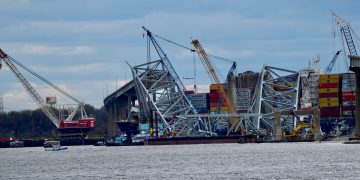The Marine Safety Forum published a Safety Alert on an incident where upon inspection it was discovered that CO2 bottles for the engine room fire suppression system still had their safety pins in.
The incident
Following a major refit/dry docking, a vessel departed port and sailed to its area of operation to complete the works and prepare for commercial availability. Upon arrival, the Flag State inspected the vessel and found that all the CO2 bottles for the engine room fire suppression system still had their safety pins in place. This meant that if there had been an engine room fire, the crew would have been unable to remotely activate the suppression system, severely hindering any deployment.
Cause
The CO2 safety pins had been inserted at the start of the docking as per normal practice. After the vessel left the dry dock and was moored, a 3rd party was scheduled to test the fire suppression system. The safety pins remained in place during these tests, and the 3rd party left them in situ while testing the CO2 heads. Following the tests, the company claimed the system was back in service, but it became apparent that the pins were not removed and were missed during pre-sailing/pre-undocking checks.
Upon investigation, it was found that the work on the system had been conducted without a Permit to Work, which is required by the vessel owner’s procedures for complex tasks involving the CO2 system. If a Permit to Work had been issued, the failure to remove the pins would likely have been caught during the system inspection and permit closure.
Lessons learned
- All Masters, Chief Officers, and Chief Engineers on vessels with CO2 systems were asked to familiarize themselves with the relevant procedures for CO2 rooms and systems.
- Work on safety-critical equipment, including that done by 3rd parties, should always be covered under a Permit to Work.
- All vessels with CO2 systems were instructed to conduct a spot check to ensure the pins were removed and the system is ready for immediate use.
- Any work performed on safety-critical equipment by 3rd parties must be verified in service by a senior officer.

































































